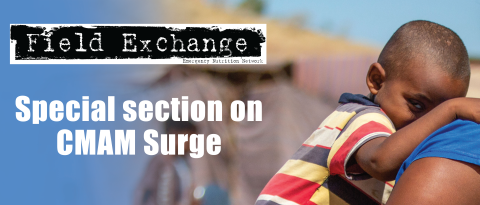Fertility is a key predictor of the double burden of malnutrition among women of child-bearing age in sub-Saharan Africa
Research snapshot1
Globally, countries are undergoing a nutrition transition, shifting from high rates of underweight towards growing rates of overweight and obesity. In sub-Saharan Africa (SSA), this transition has occurred relatively rapidly over the last 40 years. No study to date has specifically examined the double burden of malnutrition (DBM) in women of child-bearing age within the region. This study aimed to address this gap by classifying countries according to malnutrition prevalence of women of child-bearing age and determining key country-level and individual-level risk indicators associated with underweight, overweight and obesity within this group. Data from 34 SSA countries were acquired from Demographic and Health Surveys, the World Bank and the Swiss Federal Institute of Technology. National malnutrition prevalence rates were determined and random forest analysis and multinomial logistic regression models used to examine associated risk indicators.
Of the 34 countries studied, five continue to face significant undernutrition (greater than 10% prevalence of underweight), 11 countries face DBM (with a greater than 10% prevalence of both underweight and overweight/obesity) and 18 countries face significant overnutrition (greater than 10% prevalence of overweight (seven countries) and obesity (11 countries)). Across countries, fertility rate was the strongest predictor of undernutrition, overweight and obesity prevalence; fertility rates were highest in countries with high underweight prevalence and lowest in countries with high overweight/obesity prevalence. Economic and equality indicators (measured via Gross Domestic Product and Gini coefficient indicators) were also noted to be strong predictors of nutrition outcomes. Within countries, parity was a risk factor for underweight in countries with a high burden of underweight and a risk factor for overweight/obesity in overweight/obesity burdened countries. Age and wealth were noted to be protective factors for underweight but risk factors for overweight/obesity.
This study highlights the important role of fertility and parity in nutrition outcomes for women of child-bearing age and urges health professionals to consider integrating reproductive services and nutrition programmes in SSA.
Subscribe freely to receive Field Exchange content to your mailbox or front door.
Endnotes
1 Were, J. M., Stranges, S., & Creed, I. F. (2020). Fertility is a key predictor of the double burden of malnutrition among women of child-bearing age in sub-Saharan Africa. Journal of global health, 10(2), 020423. https://doi.org/10.7189/jogh.10.020423


